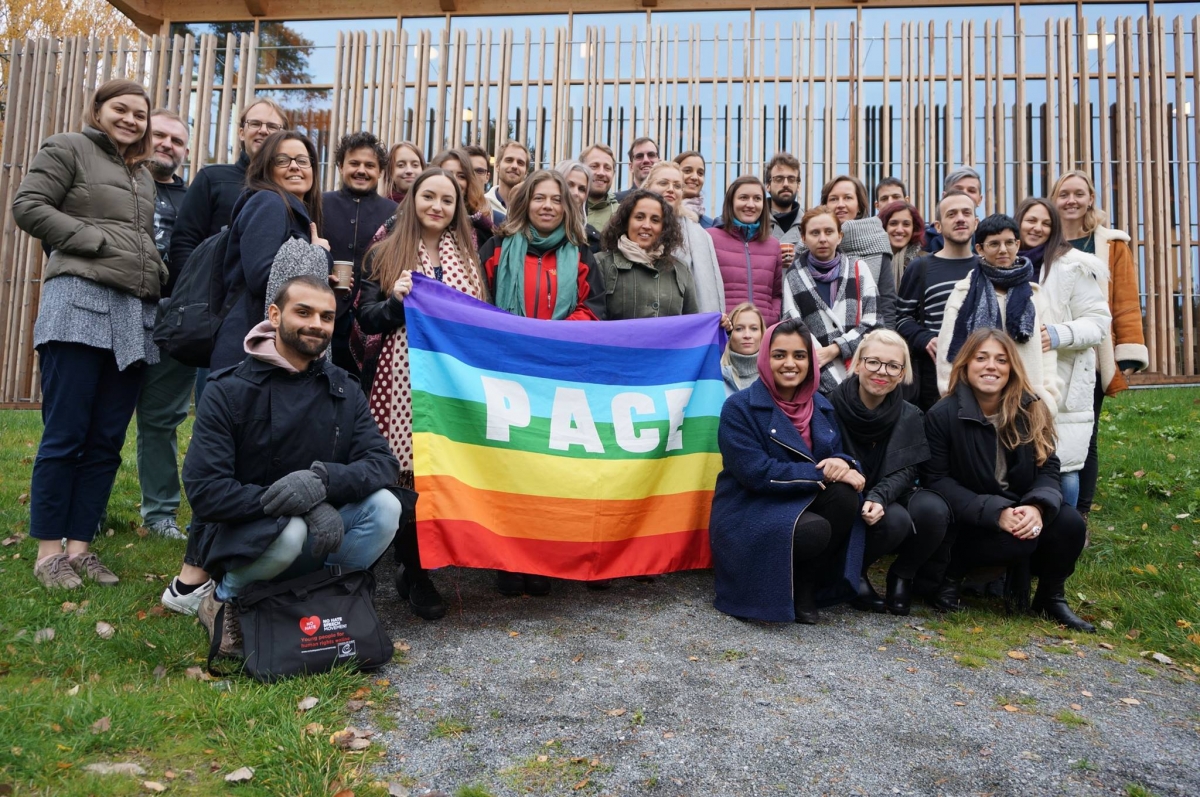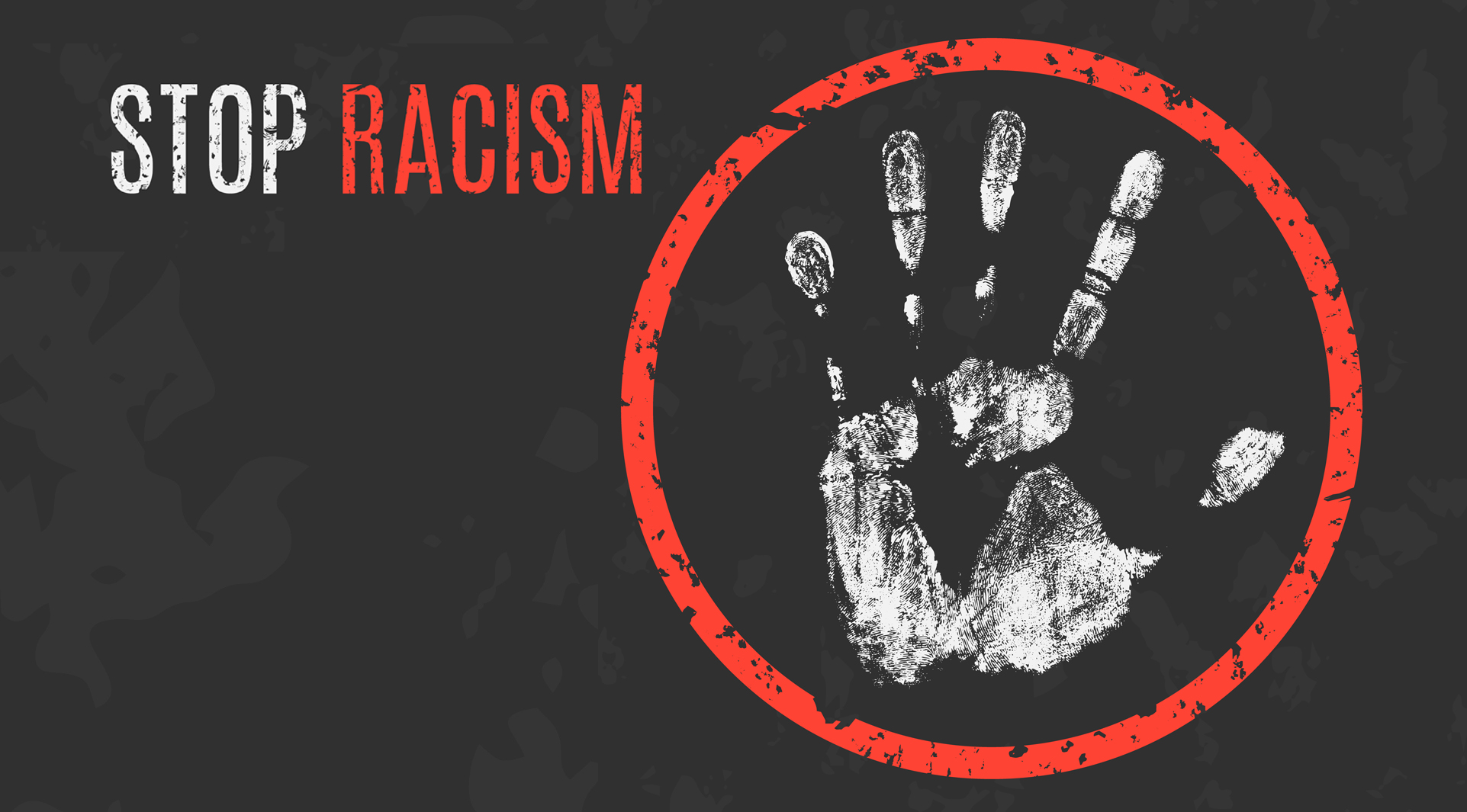Addressing Racial Discrimination: the Promise of Education’s Role in Disrupting Narratives of Hate
This NORRAG Highlights, co-published by World Education Blog, was prepared for the International Day for the Elimination of Racial Discrimination and is published by Alexandra Da Dalt, Communications Specialist at RAIN International. In this post, the author looks at the role of education in addressing racial discrimination in a time of rising hate speech and white supremacy. The author highlights the crucial role that education systems have in overcoming and preventing racial discrimination through establishing honest debates and calling for action in classrooms, thereby contributing to the construction of more harmonious societies.
Silence encourages the tormentor, never the tormented.” – Elie Wiesel
On the International Day for the Elimination of Racial Discrimination on March 21, 2019, the international community is faced with an urgent responsibility. The horrific March 15 mosque shootings in New Zealand that killed 50 people were committed and live-streamed by a white supremacist targeting Muslim communities. This tragic loss of life in the name of hate is further evidence of the rising nationalist and populist forces around the world (Bieber, 2018) that have emboldened increasingly vitriolic hate speech and white supremacy. In the United States, hate crimes rose by 17% between 2017-2018, and in Europe, journalists in countries such as Italy are reporting over 30 racially-motivated hate crimes over the span of two months. These trends have bled into schools, as revealed by a joint Education Week/Propublica report that examined 472 incidents of hate speech or attacks in American schools between January 2015 and December 2017. The incidents targeted black and Latino students as well as those who identify as Muslim or Jewish. They included written threats, racial slurs, graffiti of swastikas, and phrases such as “build the wall” and “go back to [name of home country].” This resurgence of language and behaviour that was thought to have been pushed to the margins of mainstream discourse is alarming and potentially life-threatening for students of colour.
However, though schools are often the sites of such violence, they also hold the key to reaching students at a young age and teaching them understand the history of racial discrimination. Disrupting narratives of hate or fear is key to mobilizing against extremist views and stopping their proliferation. Last year, UNESCO hosted a panel of educators, historians, and experts to discuss the possibilities for meaningful action to counter racial discrimination and xenophobia. UN Special Rapporteur on the Rights of Indigenous Peoples Victoria Tauli-Corpuz said, “At the early stages of education, children need to be taught that they should look at others as equal to them. Promoting intercultural exchanges is crucial for the education system to build more harmonious societies.”
Structured approaches to countering hate speech both online or in-person provide youth with the opportunity to think critically about the world around them and to quickly react to racist and discriminatory statements. Below are some top takeaways from approaches to countering hate speech through education:
- Complicate mainstream historical narratives: Though incidents of hate speech might feel like a recent development to some students, they need to be contextualized in order to be understood. Conversations about hateful incidents are less impactful without a historical view of how current events are the latest iteration of similar fearmongering and hate. Every country has chapters of its history that are either whitewashed, shortened, or silenced completely; drawing parallels between racially exclusionary immigration laws in Australia might help students in a Brisbane classroom recognize how similar anti-immigrant discourse sounds today. In Canada, the Stolen Lives curriculum from Facing History and Ourselves sheds light on how residential schools affected Indigenous communities, and how these events affect Truth and Reconciliation processes for justice today. Using primary sources like those in the Stanford Martin Luther King, Jr. Research and Education Institute’s Liberation Curriculum will help students understand how larger-than-life historical figures organized against racial injustice and catalyzed change.
- Help students to analyze everyday privilege: Despite claims that we are living in a “post-racial” world, it is clear that racial discrimination is as alive as ever- it has just molded to fit the prevailing social norms. This can make more subtle and coded racism difficult to spot and talk about without the right tools, and pop culture provides a fantastic place to start. Kinney (2014) uses tweets about The Hunger Games films to highlight audiences’ perspectives on innocence as tied to whiteness, later tying in the death of Treyvon Martin and the Black Lives Matter movement’s fight for justice. Khanna and Harris (2015) have students undergo a media monitoring exercise to foster discussions about whiteness and privilege in television. Both exercises meet students where they are and help them draw their own conclusions about underlying meanings and unconscious bias, and how these forces might be shaping ideas and political discourse.
- Empower students to take action: Without options for action, talking about hate can feel heavy and inescapable for children and adults alike. After having tough discussions and reframing both history and current events, young people can channel that energy into change. Following the devastating 2011 white supremacist terrorist Utøya attack in Norway, the European Wergeland Centre established a Counter and Alternative Narratives to Hate Speech training for youth leaders and workers. Young people learn how to recognize hate speech and respond with counter and alternative narratives using the WE CAN! Guide. The Teaching Tolerance “Speak Up At School” toolkit equips educators to help students respond to discriminatory speech or bullying with the steps: “Interrupt, Question, Educate, Echo.” In the heat of the moment, students can be ready with an action plan and start reshaping racist narratives into the more equitable and peaceful future they want to see.

Photo: European Wergeland Centre’s 2017 Counter and Alternative Narratives to Hate Speech training course on Utøya [credit: European Wergeland Centre]
*It should be noted that all these strategies should be used in context and tailored to fit the classroom and students; a discussion of racism will have a very different starting place for students of different racial backgrounds due to lived experience. Educators and facilitators should use a trauma-sensitive approach to discussing current events and difficult subjects, and take care not to make students of colour responsible for the education of the rest of the class.
About the Author: Alexandra Tamiko Da Dalt is a communications specialist with experience teaching and working with NGOs and advocacy organizations in the United States, Argentina, Timor Leste, and Canada. She holds a M.A. in International Educational Development from Teachers College, Columbia University with a background in Gender and Sexuality Studies. Twitter: @tamikoalexandra.
Editor’s note: This post is part of a collaboration between NORRAG and Education International in observance of the 2019 International Day for the Elimination of Racial Discrimination, which commemorates international efforts to eliminate all forms of racial discrimination. The theme for this year is “Mitigating and countering rising nationalist populism and extreme supremacist ideologies.”
Work Cited:
Bieber, Florian (2018) “Is Nationalism on the Rise? Assessing Global Trends,” Ethnopolitics, 17:5, 519-540, https://www.tandfonline.com/doi/full/10.1080/17449057.2018.1532633
Kinney, Rebecca J. (2014). “But I Don’t See Race”: Teaching Popular Culture and Racial Formation. Transformations: The Journal of Inclusive Scholarship and Pedagogy, 24(1-2), 40-55. Retrieved from https://www.jstor.org/stable/10.5325/trajincschped.24.1-2.0040
Ghoshal, R., Lippard, C., Ribas, V., & Muir, K. (2013). Beyond Bigotry: Teaching about Unconscious Prejudice. Teaching Sociology, 41(2), 130-143. Retrieved from https://doi.org/10.1177/0092055X12446757
Khanna, N., & Harris, C. (2015). Discovering Race in a “Post-Racial” World: Teaching Race through Primetime Television. Teaching Sociology, 43(1), 39-45. Retrieved from https://journals.sagepub.com/doi/10.1177/0092055X14553710
Contribute: The NORRAG Blog provides a platform for debate and ideas exchange for education stakeholders. Therefore if you would like to contribute to the discussion by writing your own blog post please visit our dedicated contribute page for detailed instructions on how to submit.
Disclaimer: NORRAG’s blog offers a space for dialogue about issues, research and opinion on education and development. The views and factual claims made in NORRAG posts are the responsibility of their authors and are not necessarily representative of NORRAG’s opinion, policy or activities.

